Troubleshooting Tcp/IpMark Miller, Mark A. Miller Troubleshooting TCP/IP, 2nd Edition teaches skilled programmers to use TCP/IP with the Internet, incorporate broadband architectures with TCP/IP and the Internet protocols, and troubleshoot the Local Network connection including Ethernet, Token Ring, and FDDI LAN. Troubleshooting TCP/IP, 2nd Edition also explains common troubleshooting procedures for the Internetwork connection including, IP, RIP, and OSPF. Plus, the CD-ROM contains over 1,000 Internet documents. Mastering WiresharkCharit Mishra Key Features Master Wireshark and train it as your network snifferImpress your peers and get yourself pronounced as a network doctorUnderstand Wireshark and its numerous features with the aid of this fast-paced book packed with numerous screenshots, and become a pro at resolving network anomaliesBook Description
Wireshark is a popular and powerful tool used to analyze the amount of bits and bytes that are flowing through a network. Wireshark deals with the second to seventh layer of network protocols, and the analysis made is presented in a human readable form.
Mastering Wireshark will help you raise your knowledge to an expert level. At the start of the book, you will be taught how to install Wireshark, and will be introduced to its interface so you understand all its functionalities. Moving forward, you will discover different ways to create and use capture and display filters. Halfway through the book, you'll be mastering the features of Wireshark, analyzing different layers of the network protocol, looking for any anomalies. As you reach to the end of the book, you will be taught how to use Wireshark for network security analysis and configure it for troubleshooting purposes. What you will learn Install Wireshark and understand its GUI and all the functionalities of itCreate and use different filtersAnalyze different layers of network protocols and know the amount of packets that flow through the networkDecrypt encrypted wireless trafficUse Wireshark as a diagnostic tool and also for network security analysis to keep track of malwareTroubleshoot all the network anomalies with help of WiresharkResolve latencies and bottleneck issues in the networkAbout the Author
Charit Mishra, works as a consultant and pentester at Protiviti, one of the top global consulting firms. He enjoys his job, which involves helping clients identify security vulnerabilities, more than anything. With real hands-on experience in security, he has obtained leading industry certifications such as OSCP, CEH, CompTIA Security+, and CCNA R&S. He also holds a master's degree in computer science. He has delivered professional talks at various institutions and private organizations on information security and penetration testing. You can reach him at LinkedIn at https://ae.linkedin.com/in/charitmishra, and on Twitter at @charit0819. Table of Contents Welcome to the World of Packet Analysis with WiresharkFiltering Our Way in WiresharkMastering the Advanced Features of WiresharkInspecting Application Layer ProtocolsAnalyzing Transport Layer ProtocolsAnalyzing Traffi c in Thin AirNetwork Security AnalysisTroubleshootingIntroduction to Wireshark v2 Handbook for Digital Signal ProcessingSanjit K. Mitra, James F. Kaiser Discusses important topics in modern digital signal processing. Designed to fill the needs of practicing engineers and designers of hardware systems and software. The editors present the principal applications of the subject, followed by coverage of such topics as linear time-invariant discrete-time systems, finite- and infinite- impulse response digital filter design, digital filter implementation considerations, signal conditioning and interface circuits, hardware and architecture, multirate signal processing, and adaptive filtering. | Introduction to Compiler DesignTorben Ægidius Mogensen This textbook is intended for an introductory course on Compiler Design, suitable for use in an undergraduate programme in computer science or related fields. Introduction to Compiler Design presents techniques for making realistic, though non-optimizing compilers for simple programming languages using methods that are close to those used in "real" compilers, albeit slightly simplified in places for presentation purposes. All phases required for translating a high-level language to machine language is covered, including lexing, parsing, intermediate-code generation, machine-code generation and register allocation. Interpretation is covered briefly. Aiming to be neutral with respect to implementation languages, algorithms are presented in pseudo-code rather than in any specific programming language, and suggestions for implementation in several different language flavors are in many cases given. The techniques are illustrated with examples and exercises. The author has taught Compiler Design at the University of Copenhagen for over a decade, and the book is based on material used in the undergraduate Compiler Design course there. Additional material for use with this book, including solutions to selected exercises, is available at http://www.diku.dk/~torbenm/ICD Exploring BeagleBone: Tools and Techniques for Building with Embedded LinuxDerek Molloy In-depth instruction and practical techniques for building with the BeagleBone embedded Linux platform
Exploring BeagleBone is a hands-on guide to bringing gadgets, gizmos, and robots to life using the popular BeagleBone embedded Linux platform. Comprehensive content and deep detail provide more than just a BeagleBone instruction manual—you'll also learn the underlying engineering techniques that will allow you to create your own projects. The book begins with a foundational primer on essential skills, and then gradually moves into communication, control, and advanced applications using C/C++, allowing you to learn at your own pace. In addition, the book's companion website features instructional videos, source code, discussion forums, and more, to ensure that you have everything you need.
The BeagleBone's small size, high performance, low cost, and extreme adaptability have made it a favorite development platform, and the Linux software base allows for complex yet flexible functionality. The BeagleBone has applications in smart buildings, robot control, environmental sensing, to name a few; and, expansion boards and peripherals dramatically increase the possibilities. Exploring BeagleBone provides a reader-friendly guide to the device, including a crash course in computer engineering. While following step by step, you can:
Get up to speed on embedded Linux, electronics, and programmingMaster interfacing electronic circuits, buses and modules, with practical examplesExplore the Internet-connected BeagleBone and the BeagleBone with a displayApply the BeagleBone to sensing applications, including video and soundExplore the BeagleBone's Programmable Real-Time Controllers
Hands-on learning helps ensure that your new skills stay with you, allowing you to design with electronics, modules, or peripherals even beyond the BeagleBone. Insightful guidance and online peer support help you transition from beginner to expert as you master the techniques presented in Exploring BeagleBone, the practical handbook for the popular computing platform. Exploring BeagleBone: Tools and Techniques for Building with Embedded LinuxDerek Molloy In-depth instruction and practical techniques for building with the BeagleBone embedded Linux platform
Exploring BeagleBone is a hands-on guide to bringing gadgets, gizmos, and robots to life using the popular BeagleBone embedded Linux platform. Comprehensive content and deep detail provide more than just a BeagleBone instruction manual-you'll also learn the underlying engineering techniques that will allow you to create your own projects. The book begins with a foundational primer on essential skills, and then gradually moves into communication, control, and advanced applications using C/C++, allowing you to learn at your own pace. In addition, the book's companion website features instructional videos, source code, discussion forums, and more, to ensure that you have everything you need.
The BeagleBone's small size, high performance, low cost, and extreme adaptability have made it a favorite development platform, and the Linux software base allows for complex yet flexible functionality. The BeagleBone has applications in smart buildings, robot control, environmental sensing, to name a few; and, expansion boards and peripherals dramatically increase the possibilities. Exploring BeagleBone provides a reader-friendly guide to the device, including a crash course in computer engineering. While following step by step, you can: Get up to speed on embedded Linux, electronics, and programmingMaster interfacing electronic circuits, buses and modules, with practical examplesExplore the Internet-connected BeagleBone and the BeagleBone with a displayApply the BeagleBone to sensing applications, including video and soundExplore the BeagleBone's Programmable Real-Time ControllersUpdated to cover the latest Beagle boards, Linux kernel versions, and Linux software releases.Includes new content on Linux kernel development, the Linux Remote Processor Framework, CAN bus, IoT frameworks, and much more!
Hands-on learning helps ensure that your new skills stay with you, allowing you to design with electronics, modules, or peripherals even beyond the BeagleBone. Insightful guidance and online peer support help you transition from beginner to expert as you master the techniques presented in Exploring BeagleBone, the practical handbook for the popular computing platform. PostgreSQL . Einführung und KonzepteBruce Momjian Groß, leistungsfähig und Opensource: PostgreSQL. Einführung und Konzepte gibt einen Überblick über Benutzung und Einsatz samt Referenz des komplexen Datenbanksystems.
Wenn Bruce Momjian, Mitbegründer des PostgreSQL Global Development Teams ein Buch über PostgreSQL schreibt, das in den Gebrauch und die Konzepte des Opensource-Datenbanksystems einführt, kann man sich auf Information aus erster Hand freuen. Für die verständliche und umfassende Qualität des Einstiegsbuchs spricht zudem, dass Momjian die PostgreSQL-FAQ betreut. Er kennt die Fragen und die Antworten, die PostgreSQL stellt.
Vorkenntnisse sind prinzipiell nicht erforderlich, um mit PostgreSQL. Einführung und Konzepte den Einstieg zu wagen, aber der potenzielle Leser sollte sich fragen, was er will und wo die Reise hingehen sollte. Anders als etwa MySQL ist PostgreSQL ein komplexes und anspruchsvolles Datenbanksystem, das eine Menge zu leisten vermag, aber einiges an Kenntnissen erfordert.
Angefangen bei der Geschichte von PostgreSQL führt Momjian in grundlegende Datenbank- und SQL-Befehle, Anpassung von Anfragen, Aggregatfunktionen, die Tabellenverbindung und die Zeilennummerierung ein. Es folgt die Kombination von SELECT-Anweisungen, die Erklärung von Datentypen, Transaktionen und Sperren, Performanz, Ergebniskontrolle, Tabellenverwaltung, Integritätsbedingungen und natürlich der Datenim- und -export sowie Anfragewerkzeuge wie psql und Pgaccess. Fortgeschritten und eher programmierlastig geht es dann zu den Schnittstellen, zu Funktionen und Trigger, Erweiterung mit C und schließlich der Administration. Im Anhang dann noch weitere Quellen für Informationen und Installationstipps.
Die Übersetzung wurde, wo möglich, auf den neuesten Stand gebracht und beinhaltet so zum Beispiel die offizielle SQL-Referenz der PostgreSQL-Version 7.1 (im Gegensatz zur Version 7.0 in der amerikanischen Originalausgabe) und die aktuelle FAQ.
Wie kaum ein anderer ist Momjian in der Lage, Fallen und auftretende Fragen nicht zuletzt durch Beispiele vorwegzunehmen, um die erste Fehlerfrustration beim Umgang mit der neuen Datenbankumgebung so klein wie möglich zu halten. Das macht das Buch noch lange nicht zum Sonntagsspaziergang und der Leser sollte sich auf viel Kode und eine klare Anweisungssprache gefasst machen. Aber so soll es ja sein, alles andere wäre nicht PostgreSQL. Opensource zeigt den kommerziellen Datenbanken die Zähne. —Wolfgang Treß Das Action-Buch für Maker: Bewegung, Licht und Sound mit Arduino und Raspberry Pi – Experimente und ProjekteSimon Monk Power-Maker Simon Monk begleitet Sie Schritt für Schritt durch Experimente und Projekte, die zeigen, wie Sie Ihren Arduino oder Raspberry Pi dazu bringen, Motoren, LEDs, Sound und andere Aktoren zu steuern. Er beginnt mit den Grundlagen und führt Sie nach und nach zu immer größeren Herausforderungen. Mit anderen Worten: Action!
Arduino ist ein einfacher Mikrocontroller mit einer leicht zu erlernenden Programmierumgebung, während Raspberry Pi ein kleiner Linux-basierter Computer ist. Der Autor macht die Unterschiede zwischen beiden deutlich und erklärt, zu welchem Zweck sie jeweils am besten geeignet sind.
Mit diesen weit verbreiteten und günstigen Plattformen werden Sie lernen, LEDs, Motoren verschiedener Typen, Magnetventile, Wechselstromgeräte, Heizungen, Kühler, Displays und Sounds zu steuern. Schließlich werden Sie sogar in der Lage sein, diese Geräte per Internet zu überwachen und zu regeln. Das Arbeiten mit lötfreien Steckbrettern ermöglicht Ihnen einen raschen Einstieg und schon in kürzester Zeit bauen Sie Projekte, die lehrreich sind und dabei einfach nur Spaß machen.
Bauen Sie einen "Dosenquetscher" mit einem Linearmotor und ArduinoBewässern Sie mit einem Arduino Ihre Pflanzen automatischErstellen Sie ein individuelles Stoppsignal mit LEDsKühlen Sie Ihre Getränke mit einem selbstgebauten ThermostatenVerstehen und verwenden Sie den PID-RegelalgorithmusSetzen Sie einen Raspberry Pi ein, um eine Puppentanzparty zu schaffen, die sich zu Ihren Tweets bewegt! The Windows CE Technology Tutorial: Windows Powered Solutions for the DeveloperChris Muench "If you want the straight shot on writing code for the hottest information appliances powered by Windows CE, this book is your guiding light. A must for any serious developer of Windows CE-based applications!" —Scott Henson, Group Manager, Windows CE Developer Evangelism, Microsoft Corporation
This practical guide is designed to get programmers up and running with Windows CE, Microsoft's emerging operating system for handheld PCs and other alternative computing devices. This book helps you learn Windows CE programming by building on your experience with Windows 98 and NT. Although other resources may take a more theoretical approach to Windows CE, The Windows CE Technology Tutorial focuses on the essential topics and practical programming techniques you will need to create real-world Windows CE applications.
By using a sample application that is explored throughout the book, Muench walks you step-by-step through all of Windows CE's major technologies, functions, and capabilities—from the most basic skills through advanced techniques. Making extensive use of COM technology, he shows you how to create an application framework and prototype, work with the file system and registry, program for graphics and sound, design the user interface, and enable printing and connectivity. By book's end, this sample application is ready for deployment, complete with a redistributable setup. Smaller code snippets are also used to illustrate important techniques and concepts.
You will find coverage of such specific topics as: Choosing the proper device and installing Windows CE Available Windows CE development tools Windows CE application development with Visual C++ and Visual Basic Creating a COM server and ActiveX control Distributed COM and DeviceCOM The Windows CE registry ADOCE for database access Windows CE Internet integration Adding support for such remote technologies as RAPI, WinSocks, infrared communication, and an ActiveSync provider
In addition, The Windows CE Technology Tutorial offers an overview of Windows CE technology and COM fundamentals. The accompanying CD-ROM contains all the source code used in the book, as well as a variety of convenient tools. |
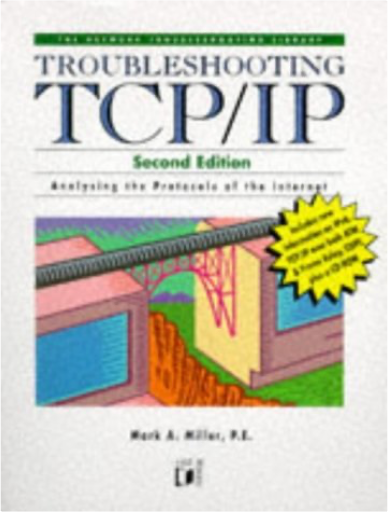
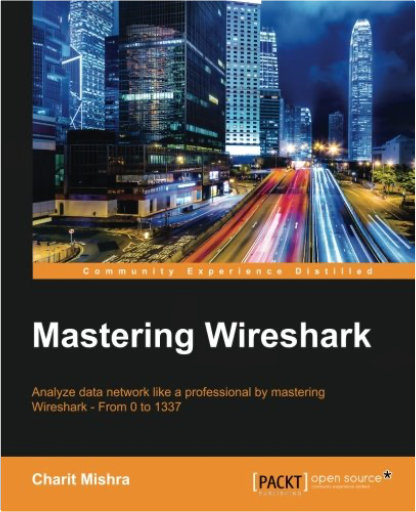
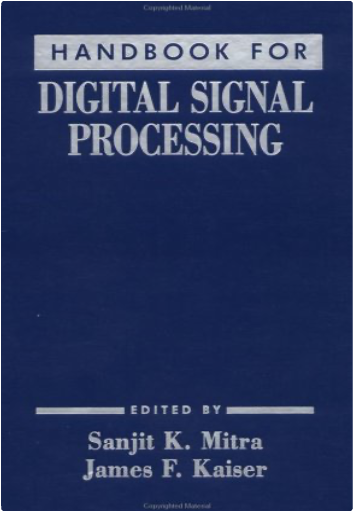
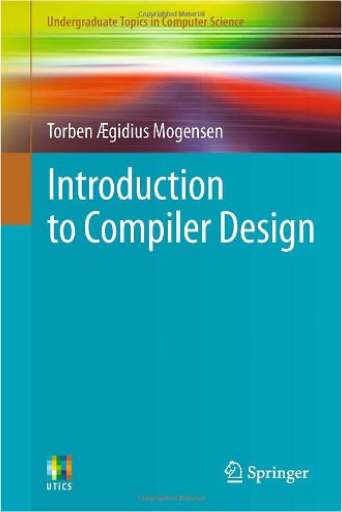
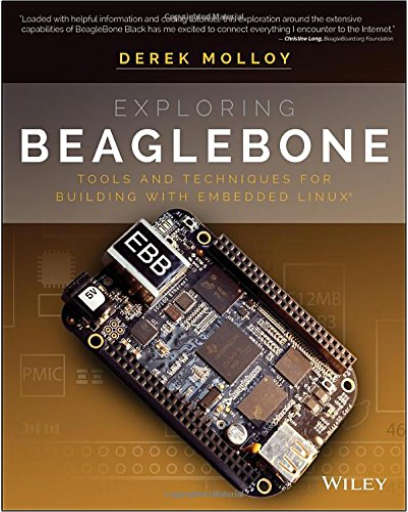
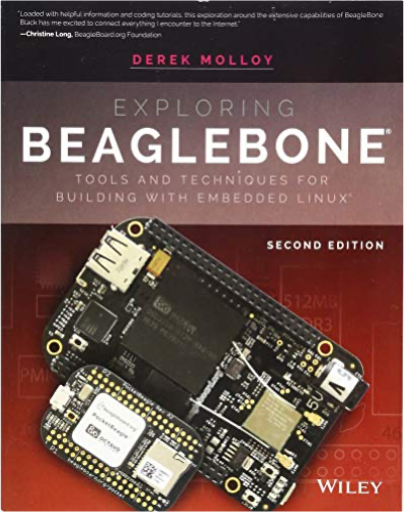
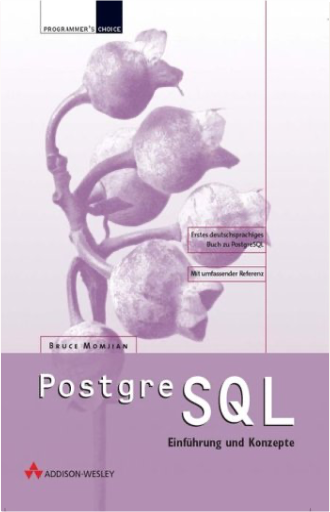
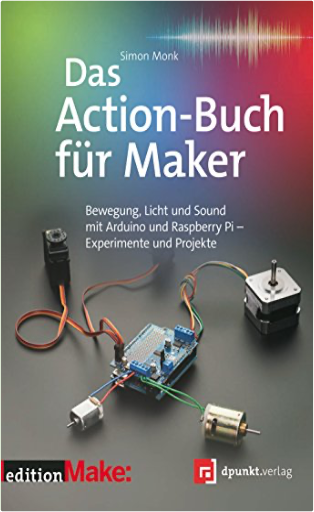
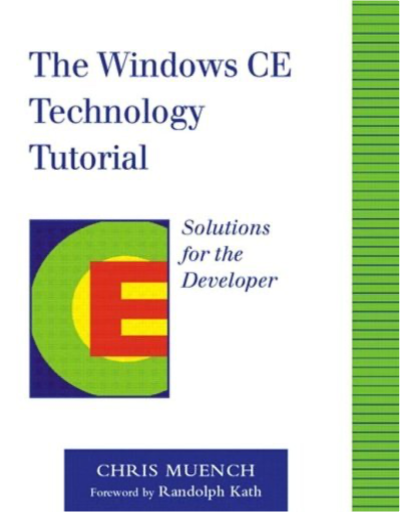

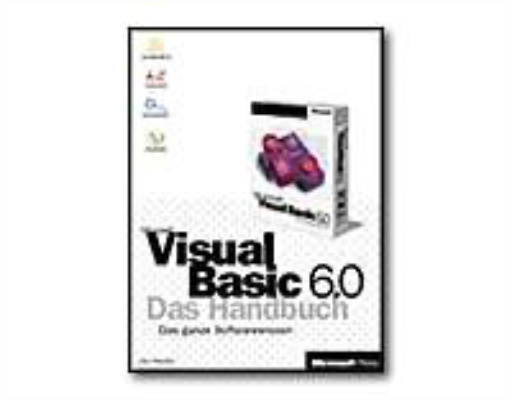

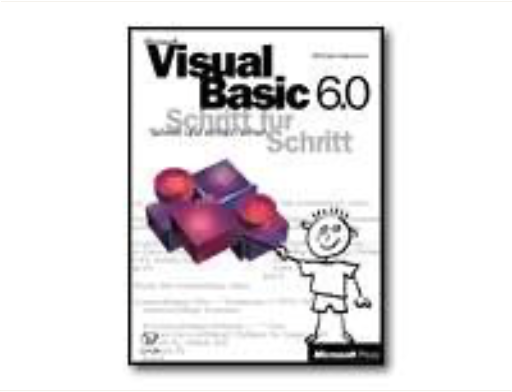
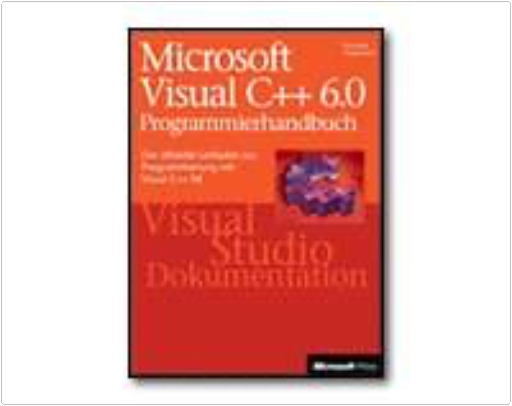
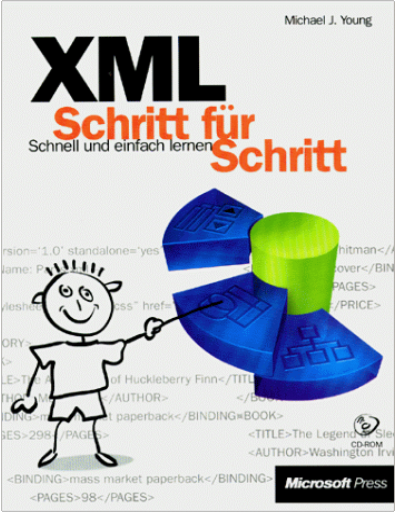
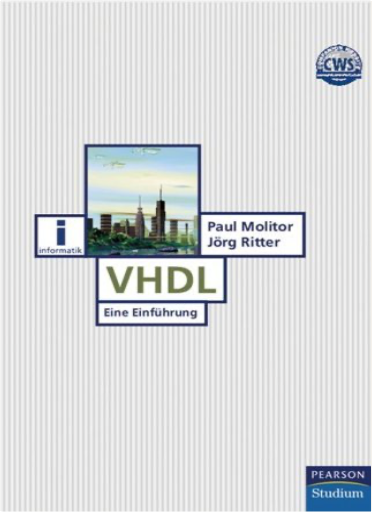
 Made with Delicious Library
Made with Delicious Library